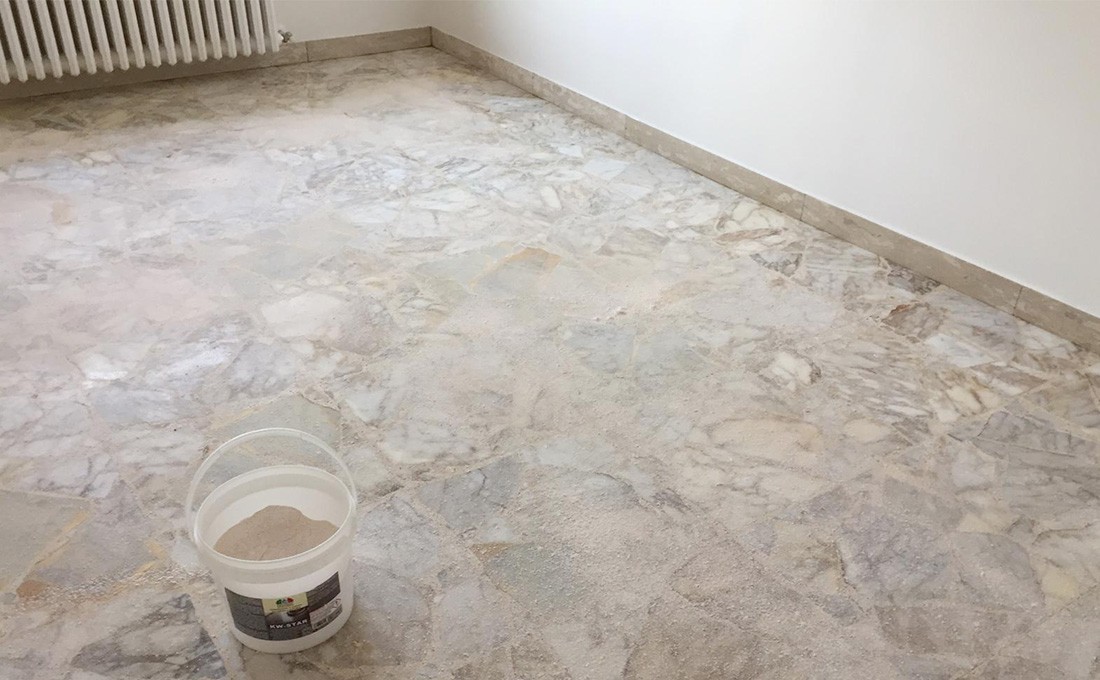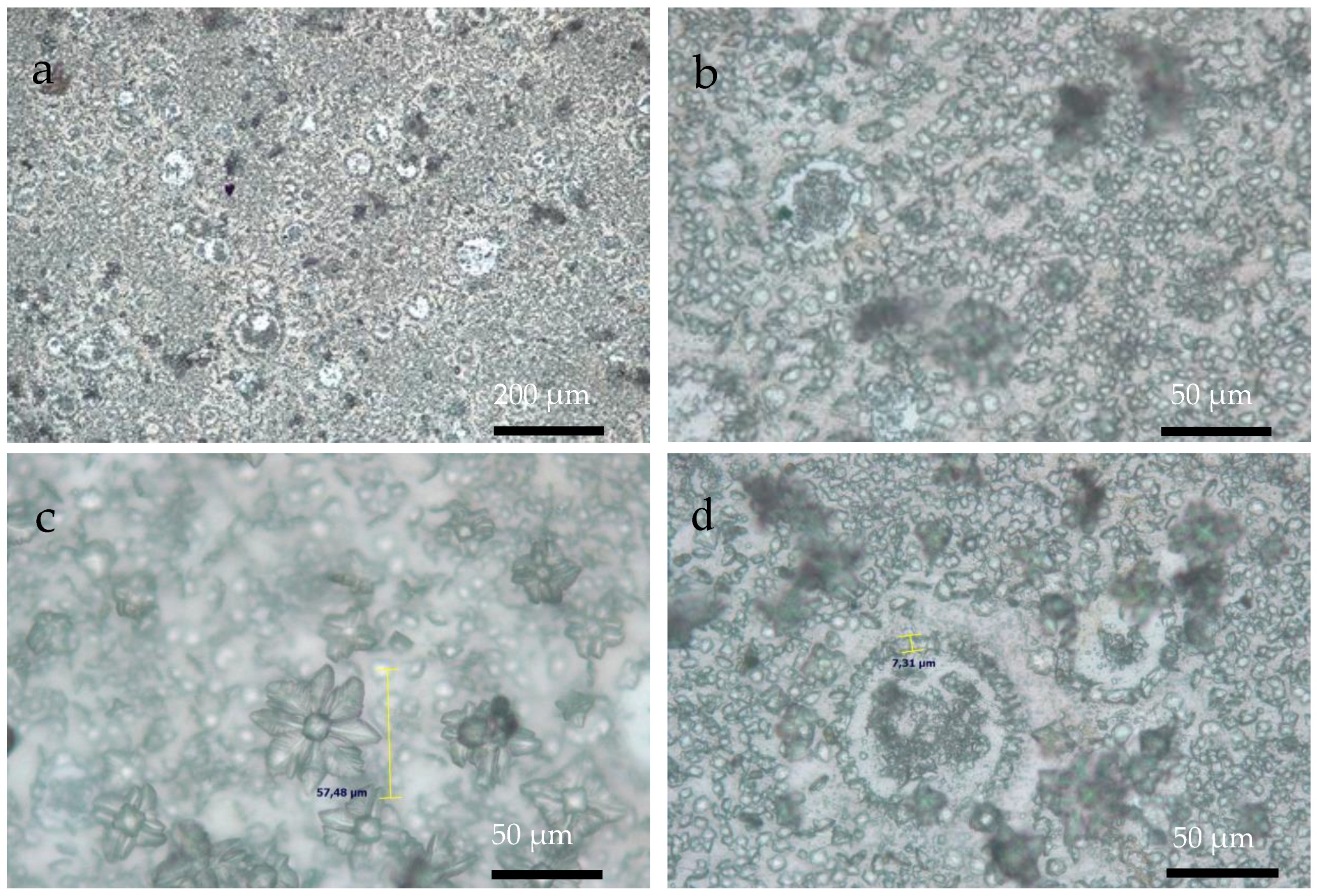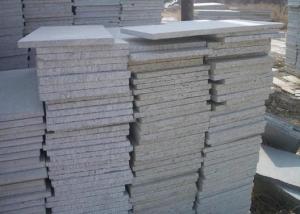Kidney stones are solid masses that form in the kidney when there are high levels of calcium oxalate cystine or phosphate and too little liquid.
Marble tiles and calcium oxalate.
3 the same compound that makes up seashells pearls eggshells and common.
Formation of calcium oxalate on calcareous stone has been noted to penetrate deeply in an intergranular position or along micro fracture.
Kidney stones are abnormal hard chemical deposits that form within the kidney also referred to as.
More people get this kind of kidney stone than any other.
Calcium oxalate stones are the most common type of kidney stone.
Calcium oxalate compared to calcium carbonate is less soluble in the water 4.
Analytical investigation of calcium oxalate films on marble monuments.
Extensive research is being carried out on wall paintings and marble sculpture at the opicificio delle pietre dure e laboratori di restauro in florence encouraged by their work i have researched the effectiveness of the conversion on english limestones.
What is a calcium oxalate stone.
There are different types of kidney stones.
For example have low fat cheese with a spinach salad or yogurt with berries.
Calcium oxalate stone is a very common type of kidney stone.
Eat calcium rich foods and beverages every day 2 to 3 servings from dairy foods or other calcium rich foods.
These crystals are made from oxalate a substance.
Calcium oxalate crystals are the most common cause of kidney stones hard clumps of minerals and other substances that form in the kidneys.
The chemical content of these stones is primarily calcium carbonate caco.
It forms when calcium in your pee combines with oxalate a chemical that s naturally in many foods.
Abstract this paper looks at the artificially induced surface conversion of calcium carbonate to the more durable calcium oxalate.
Calcium oxalate stones are the most common type of kidney stone affecting western society.
Your healthcare provider can test your stones to find what type you have.
Kidney stones are solid masses which form in the kidney when there are high levels of calcium oxalate cystine or phosphate and too little liquid.
Consolidation is considered to be one of major conservation interventions for building stones.


























